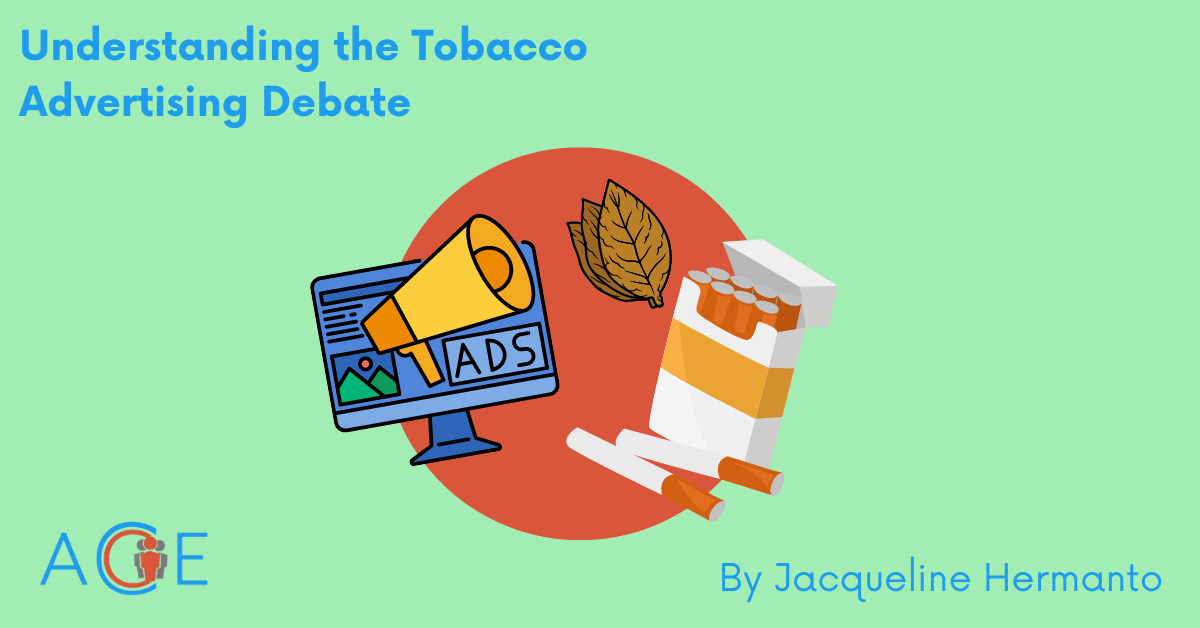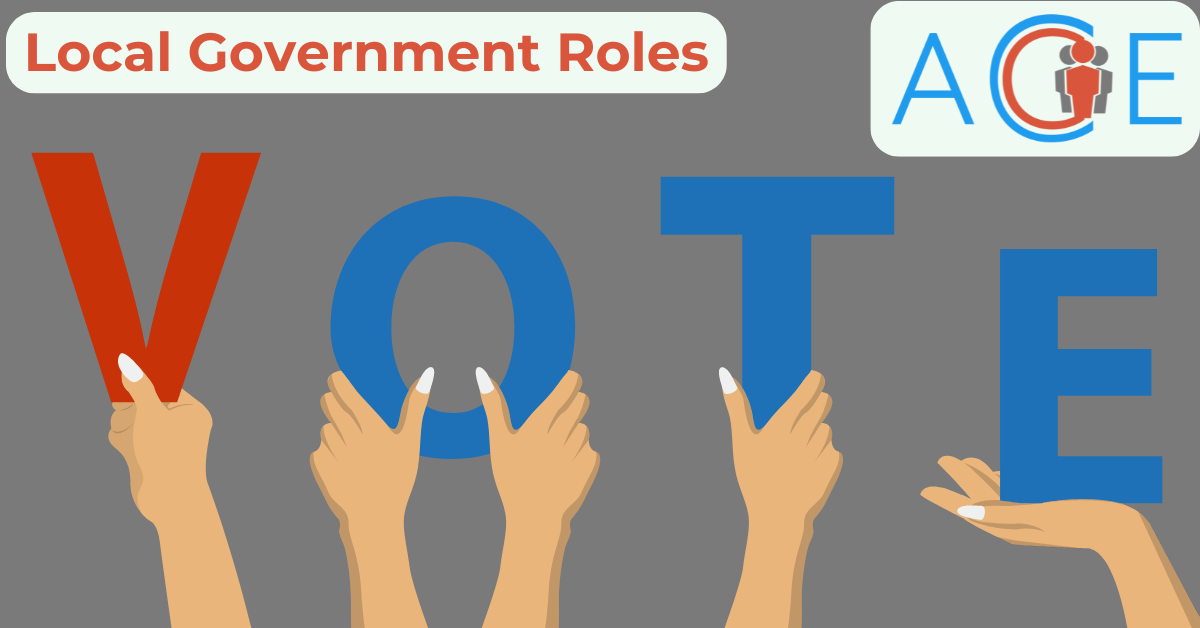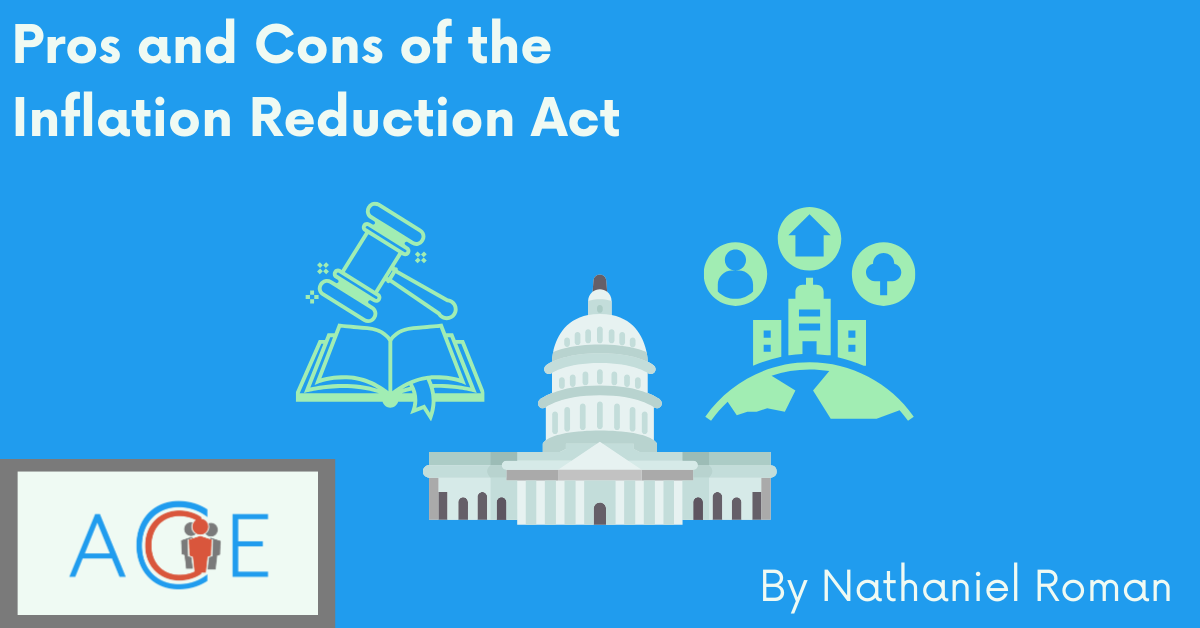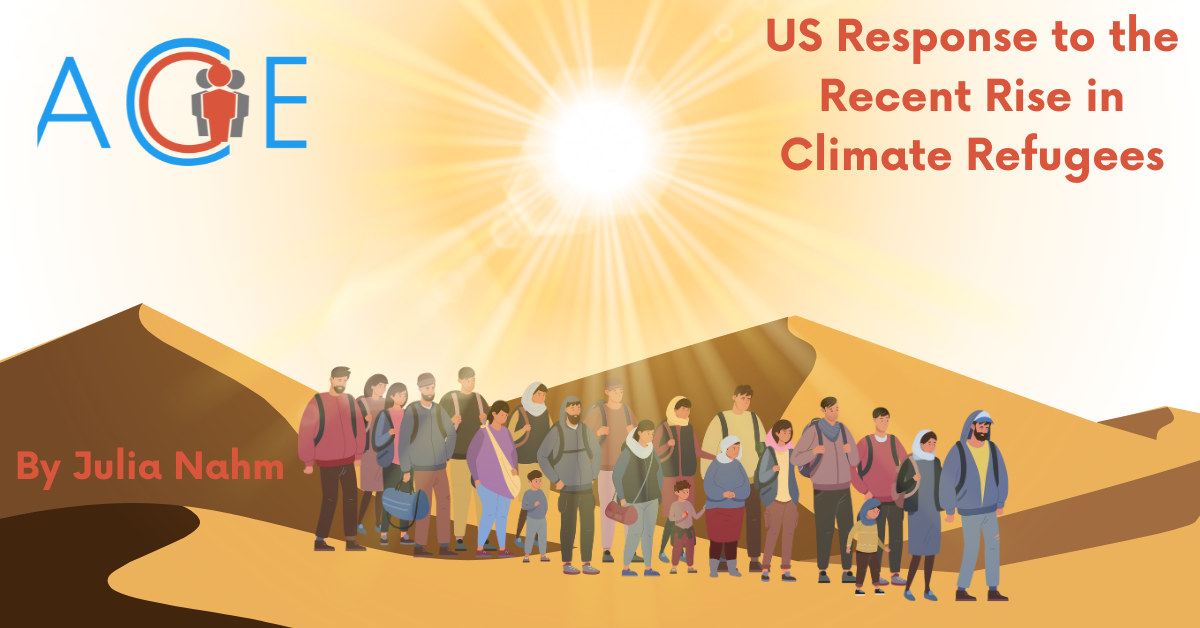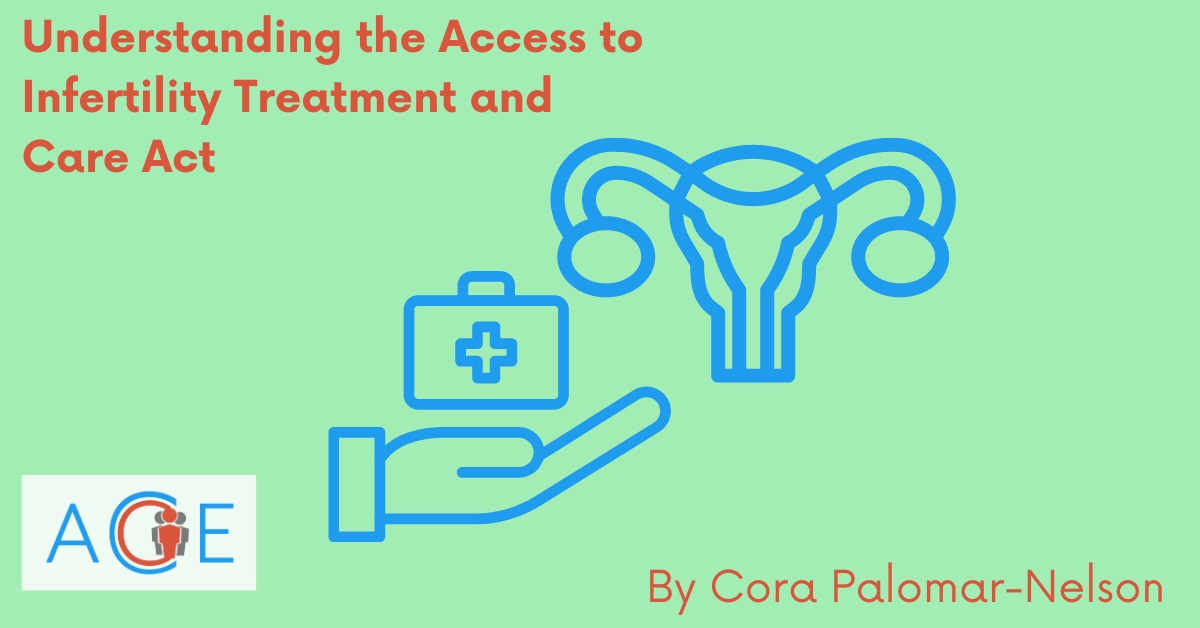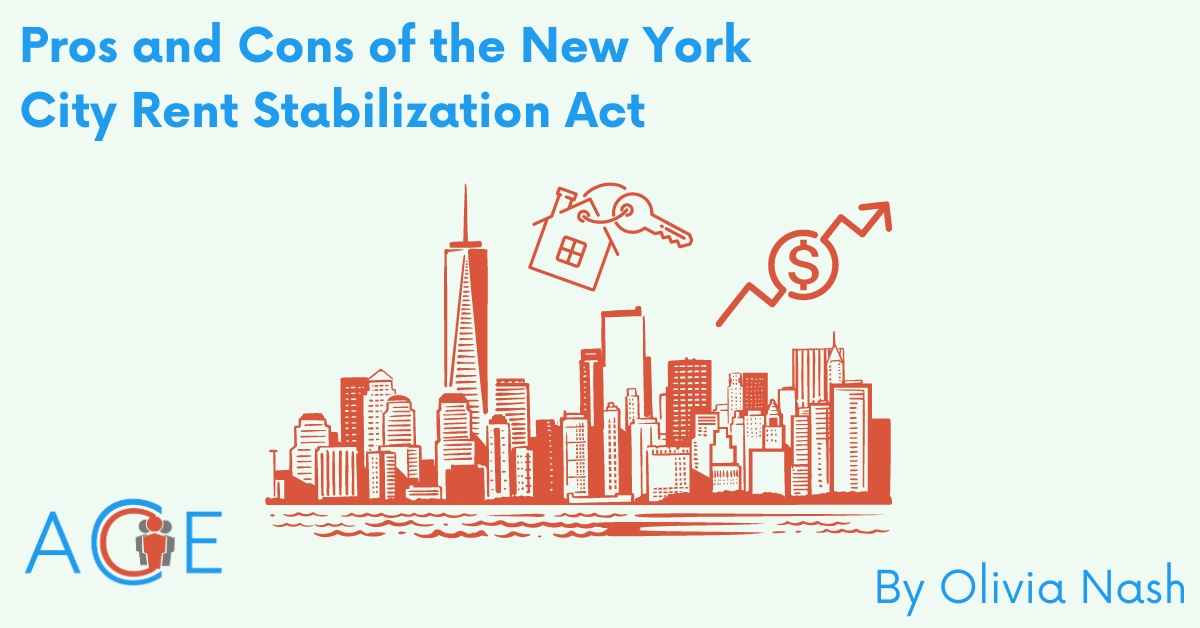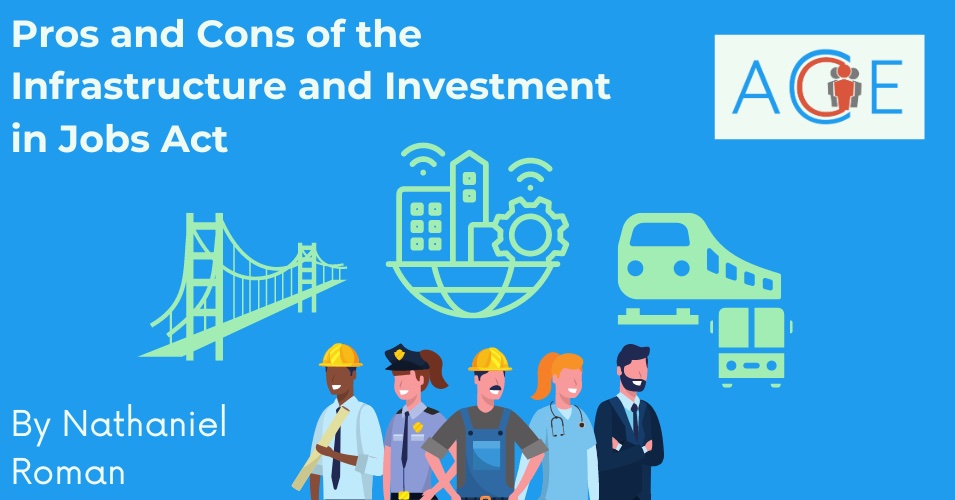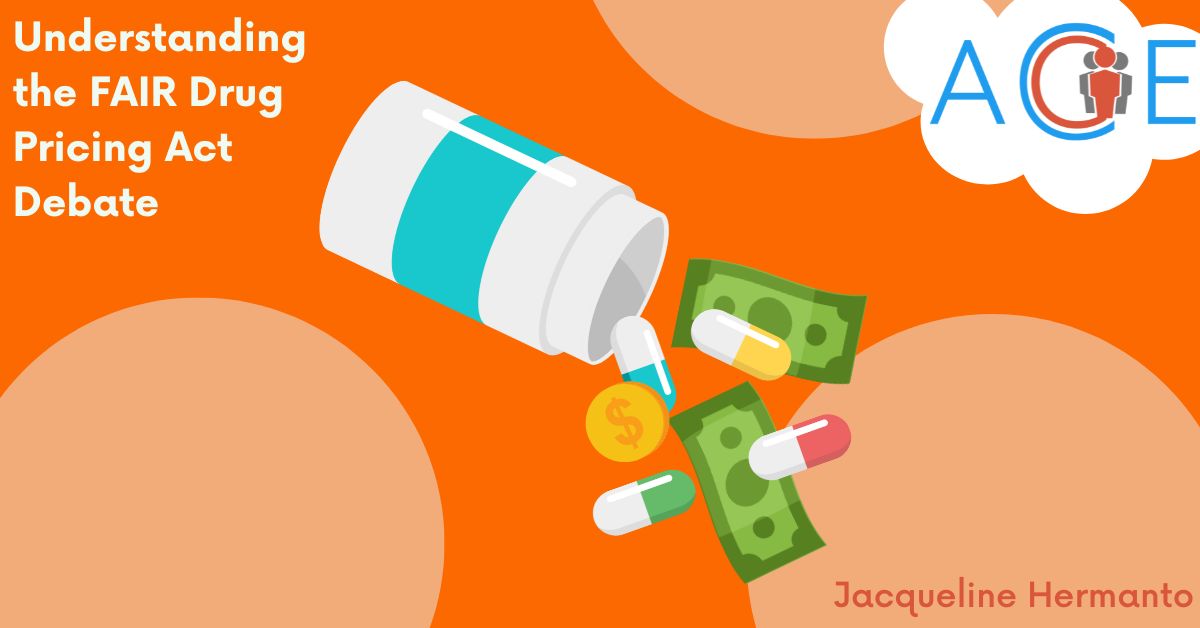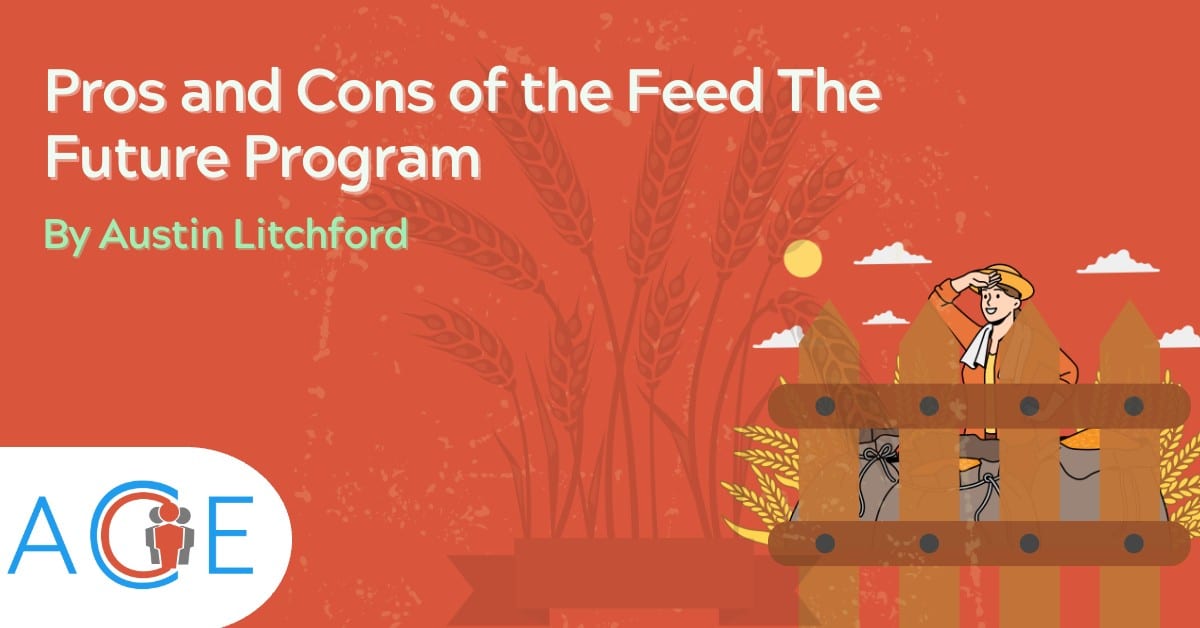History and Background of Tobacco Advertising
Tobacco companies have employed various advertising methods over the past 75 years. Advertising initially began in the 1940s when tobacco companies enlisted doctors and dentists to endorse their products with slogans like “Just What the Doctor Ordered” and “More Doctors Smoke Camels.” This evolved into celebrity endorsements in the 1950s and 1960s, child-friendly characters in the 1990s, and sports and events marketing in the 2000s.
In 2019, the largest cigarette and smokeless tobacco companies spent $8.2 billion on advertising and promotional expenses in the United States alone. This translates to approximately $22.5 million per day. Concerningly, research indicates that the tobacco industry has targeted specific demographics, particularly youths and young adults, to influence them early and secure future consumers.
To address this issue, various regulations have been implemented to restrict point-of-sale (POS) advertising, signs, and displays, as well as require specific package sizes and written warnings for tobacco products. Federal law prohibits tobacco advertising on television and imposes restrictions on magazine and billboard advertising but does not prohibit advertisements in stores. In response, tobacco marketing has surged on the internet, especially through social media, where regulations are still lacking.
Arguments for Tobacco Advertising
Freedom of speech
Companies often invoke ‘freedom of speech’ protection, asserting their right to inform consumers about their products. Advocates argue that cigarette advertisements provide essential consumer information and assist consumers in making informed decisions.
From this perspective, the concept of ‘freedom of speech’ in advertising highlights the significance of empowering consumers to make choices aligned with their preferences and values. By presenting comprehensive product information, cigarette advertisements contribute to a marketplace where individuals can exercise autonomy in decision-making. This includes the fundamental right to engage with diverse perspectives and make choices that reflect their values, even when faced with controversial or contentious advertising content.
Legal
Tobacco’s legal status inherently supports arguments for its legality in advertising. Supporters of this view emphasize that advertising plays a crucial role in informing consumers about the array of choices available in the market. They argue that responsible advertising practices educate adults about different tobacco products, enabling them to make informed decisions about their consumption habits.
Proponents of tobacco advertising contend that, when conducted ethically and transparently, advertisements offer valuable information on product attributes, flavors, and potential health effects. This information empowers consumers to assess the risks and benefits associated with tobacco use. Additionally, advocates highlight advertising’s role in promoting healthy market competition and driving economic growth in the tobacco industry. They assert that allowing companies to advertise their products stimulates consumer demand, fostering business expansion and innovation.
Competition among companies encourages continuous improvements in product quality and the development of new offerings that cater to consumer preferences. Furthermore, revenue generated from advertising investments contributes to job creation, research and development endeavors, and overall economic well-being. From this perspective, legalizing tobacco advertising aligns with free market principles, promoting competition, innovation, and economic prosperity while respecting businesses’ rights to promote their lawful products.
Economic impact
The tobacco industry has a significant positive economic impact, which is often overshadowed in discussions about public health concerns. One key contribution is job creation. Globally, tobacco cultivation, manufacturing, distribution, and retailing support millions of jobs, especially in regions where tobacco farming is a significant agricultural activity. This includes roles from farmers tending to tobacco crops to workers involved in processing, packaging, and selling tobacco products, providing livelihoods for many individuals and families.
Furthermore, the tobacco industry generates substantial government revenue through taxes and duties imposed on tobacco products. These revenues finance crucial public services such as healthcare, education, infrastructure development, and social welfare programs. Additionally, the industry stimulates economic activity in various sectors like advertising, transportation, packaging, and retail, thereby boosting local and national economies.
Arguments against Tobacco Advertising
Health impacts
Tobacco use is a major contributor to preventable deaths globally, leading to various serious health conditions such as cancer, cardiovascular disease, respiratory illnesses, and numerous other health issues. Smoking is notably linked to an elevated risk of lung cancer, as well as cancers affecting the mouth, throat, esophagus, pancreas, bladder, kidney, and cervix, among others.
Besides the direct health effects of smoking, exposure to secondhand smoke also poses risks. Non-smokers exposed to secondhand smoke face an increased likelihood of developing many of the same diseases as active smokers, including lung cancer, cardiovascular disease, and respiratory ailments.
Beyond individual health impacts, tobacco use places a significant burden on healthcare systems and economies due to heightened healthcare costs, reduced productivity, and premature mortality. In essence, the repercussions of tobacco sales on health are profound and wide-ranging, emphasizing the critical need for comprehensive tobacco control measures to diminish tobacco use and its associated health repercussions.
Reduce smoke rates
Reducing exposure to tobacco advertising has the potential to decrease the initiation of smoking among young people and non-smokers. Research indicates that advertising plays a crucial role in influencing attitudes and behaviors related to smoking, particularly among vulnerable demographics.
Moreover, a decline in tobacco advertising could lead to lower smoking rates among current smokers. Advertising tends to reinforce smoking habits and promote continued tobacco use. With reduced exposure to these ads, smokers may have fewer reminders of their habit, potentially increasing their motivation to quit or cut down on tobacco consumption.
Harm the natural environment
The cultivation of tobacco plants necessitates significant amounts of land, water, and pesticides, leading to deforestation, soil degradation, and water pollution. Land clearance for tobacco farming disrupts ecosystems, diminishes biodiversity, and the chemicals involved in cultivation and processing can contaminate soil and water sources, posing risks to wildlife and human health. Additionally, the production and transportation of tobacco products contribute to greenhouse gas emissions and air pollution. Cigarette butts, the most common form of litter globally, contain toxic chemicals and non-biodegradable materials that harm marine life and pollute oceans and waterways. Addressing the environmental impact of tobacco sales is crucial for promoting sustainability and protecting ecosystems for future generations.
To mitigate this environmental harm, stricter regulations for tobacco products are advocated. This approach is seen as a means to decrease tobacco sales, thereby reducing demand and, subsequently, the supply of tobacco. One proposed strategy is to promote the Polluter Pay Principle, whereby producers are accountable for cleaning up the pollution they generate.
Conclusion
Addressing the tobacco advertising debate requires a balanced approach that takes into account the interests of individuals, businesses, and society. Effective policies need collaboration among policymakers, public health advocates, and industry stakeholders to find a balance between consumer choice, public health, and environmental sustainability. Both sides agree that promoting informed decision-making, protecting vulnerable populations, and ensuring the well-being of individuals and ecosystems are crucial in tackling the complex challenges posed by tobacco advertising.
